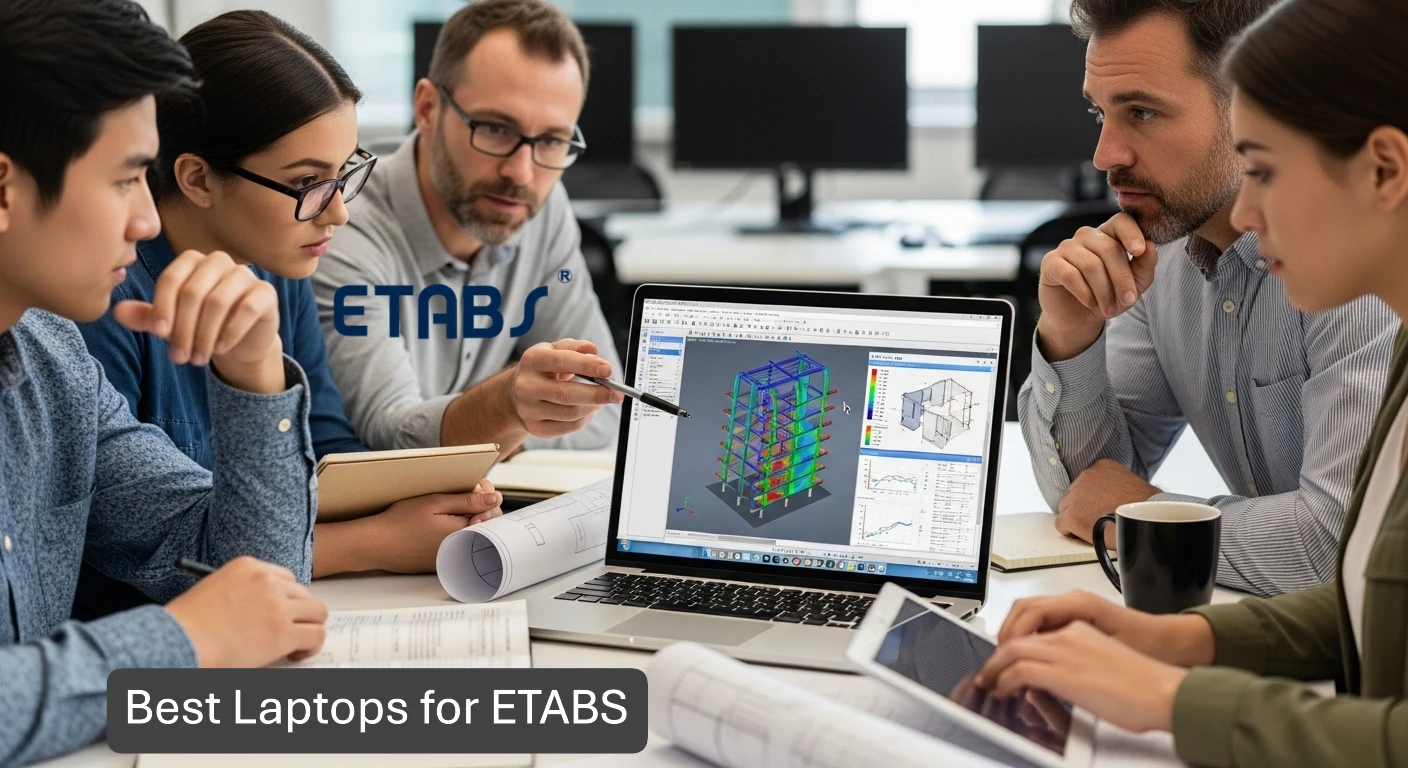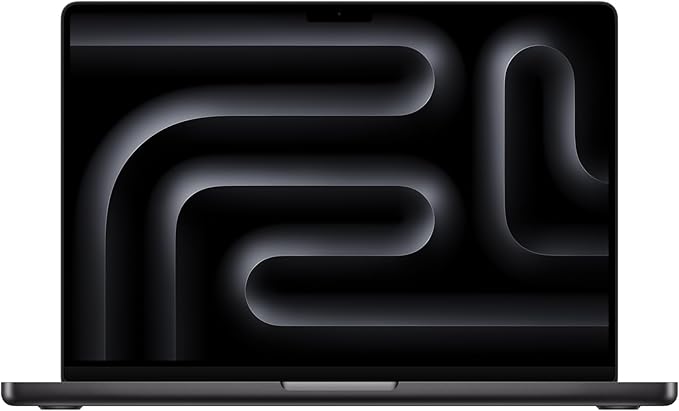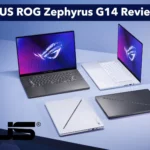Looking for the best laptops for ETABS in 2025? Discover top laptops with powerful CPUs, plenty of RAM, and fast storage — perfect for structural engineers working on small to massive ETABS models.
Why Choosing the Right Laptop for ETABS Matters
If you’re a structural engineer, student, or researcher using ETABS, you already know how demanding it can be. ETABS isn’t just about drawing a model; it’s about solving complex structural systems quickly and reliably. And here’s the truth: your laptop’s CPU and RAM are the real heroes.
Unlike some design software, ETABS doesn’t lean heavily on the GPU for calculations. Instead, it depends on fast single-core performance, lots of memory, and solid SSD storage. So, while flashy gaming graphics cards are nice for 3D views, what really matters is the processor and memory.
See also: Best Laptops for SAP2000
Key Specs to Look for in an ETABS Laptop
Before diving into the laptop recommendations, let’s get clear on what you actually need:
- CPU (Processor): Go for Intel i7/i9 HX series, Core Ultra, or AMD Ryzen HX processors. High clock speed is key.
- RAM: Minimum 16 GB. For professional work, 32 GB is the sweet spot, and 64 GB is best for very large models.
- Storage: At least a 1 TB NVMe SSD. Bigger projects demand faster reads and writes.
- GPU: Not critical for solving, but a dedicated GPU (RTX 4060/4070 or pro RTX series) makes 3D visualization smoother.
- Display & Build: A 16″–17″ screen with good resolution helps with large drawings. Sturdy build = fewer headaches.
The Best Laptops for ETABS in 2025
Here are the laptops I’d recommend, tested against the needs of ETABS users:
1. Dell Precision 7780 – The Powerhouse

- CPU: Intel i9 or Xeon Mobile
- RAM: 32–64 GB
- Storage: 1–2 TB NVMe SSD
- GPU: NVIDIA RTX (Pro options available)
- Pros:
- Massive performance for huge ETABS models
- Certified drivers and workstation stability
- Great cooling system
- Cons:
- Heavy and expensive
- Battery life is average
👉 Best for engineers working on large-scale structural projects.
2. Lenovo ThinkPad P16 Gen 2 – The Reliable Workhorse
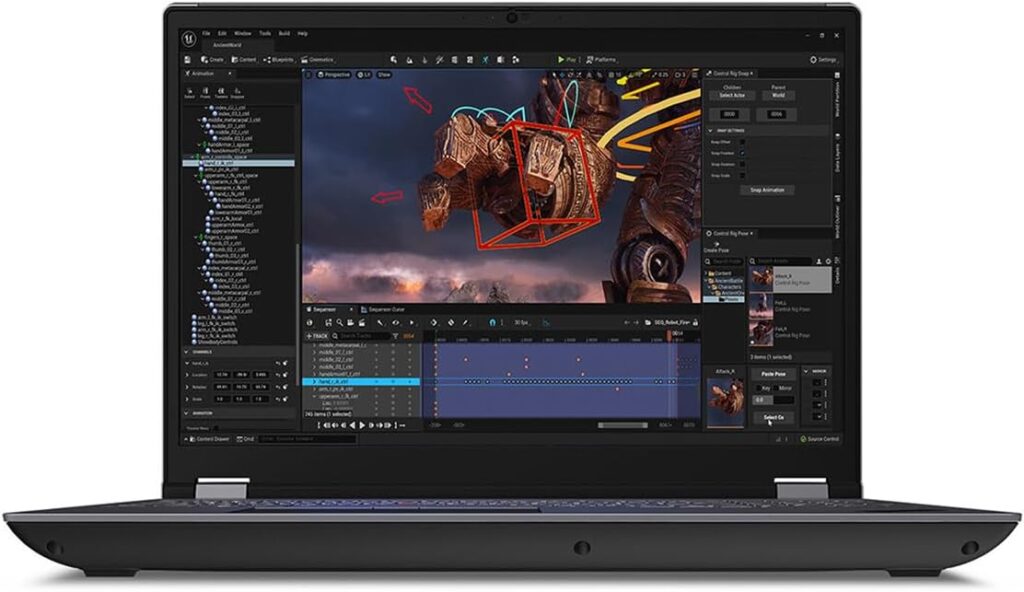
- CPU: Intel i7/i9 HX (14th Gen)
- RAM: 32 GB (upgradeable)
- Storage: 1 TB SSD
- GPU: NVIDIA RTX options
- Pros:
- Legendary ThinkPad durability
- Expandable RAM & storage
- Excellent keyboard for long work sessions
- Cons:
- Bulkier than creator laptops
- Pricey when fully loaded
👉 Best for professionals who want long-term reliability.
See also: Lenovo ThinkPad P16 Gen 2 Review
3. HP ZBook Fury 16 G10 – Most Configurable
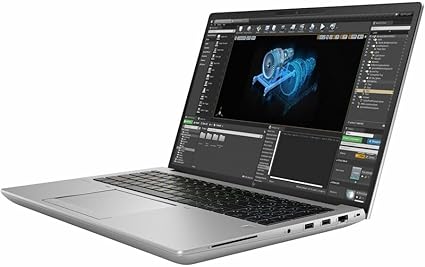
- CPU: Intel i9 / Xeon
- RAM: 32–64 GB
- Storage: 1 TB+ NVMe
- GPU: NVIDIA RTX Professional
- Pros:
- Tons of configuration options
- Certified ISV drivers
- Strong cooling system
- Cons:
- Heavy build
- Higher cost at max spec
👉 Best for engineers needing ISV certifications for big firm projects.
See also: HP ZBook Fury 16 G11 Review
4. ASUS ProArt Studiobook 16 OLED – Best for Design + Engineering
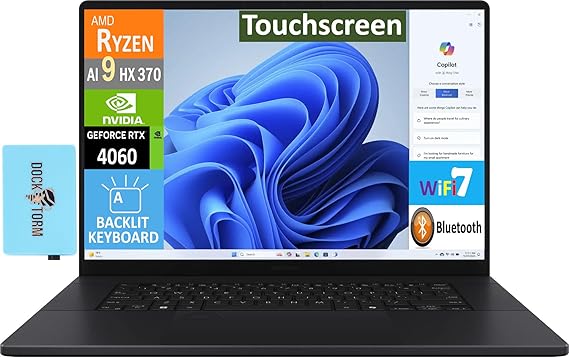
- CPU: Intel i9-13980HX
- RAM: 32 GB
- Storage: 1 TB NVMe
- GPU: NVIDIA RTX 4070
- Pros:
- Stunning 16” OLED display
- Balanced performance for ETABS + visualization
- Lighter than bulky workstations
- Cons:
- GPU is consumer-level (not ISV certified)
👉 Perfect for engineers who also present visuals to clients.
5. Razer Blade 16 (2025) – Portable Beast
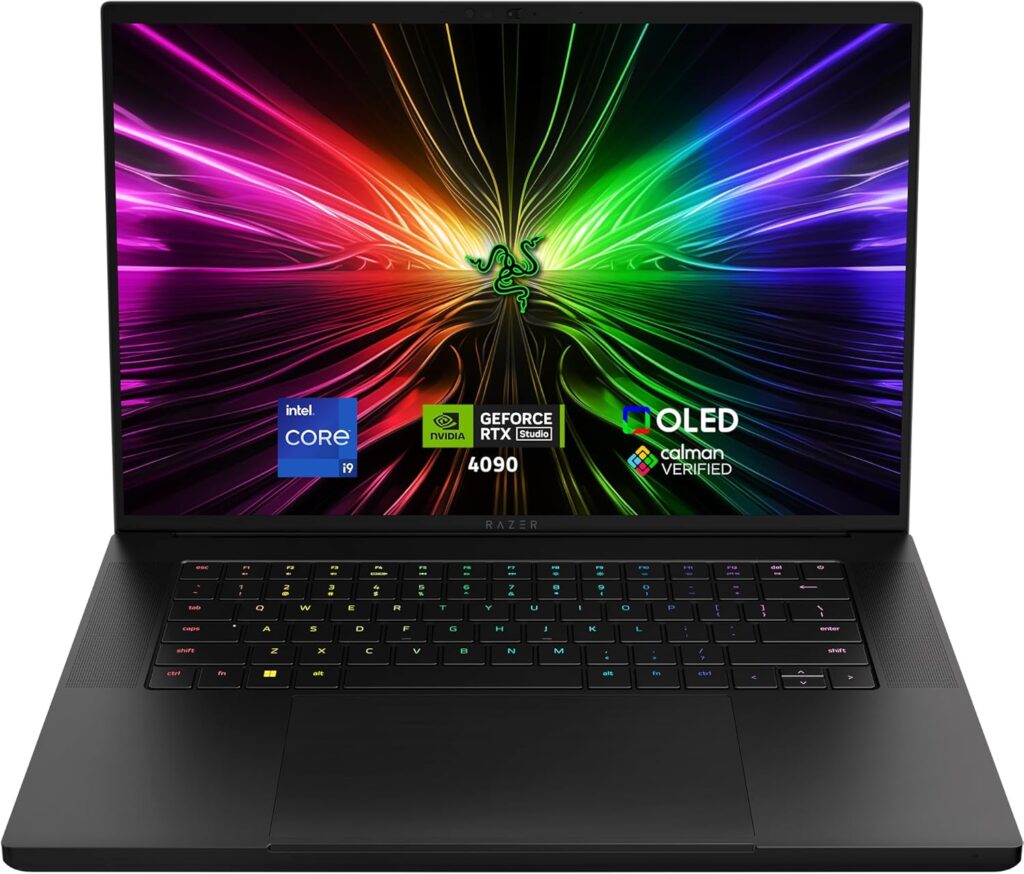
- CPU: AMD Ryzen AI 9 HX / Intel top HX
- RAM: 32 GB
- Storage: 1–2 TB NVMe
- GPU: NVIDIA RTX 5090
- Pros:
- Sleek, travel-friendly build
- Huge CPU/GPU performance in a thin chassis
- Excellent display options
- Cons:
- Runs hot under load
- More expensive than rivals
👉 Ideal for engineers who travel frequently but need serious power.
6. Acer Predator Helios 16 – Best Value
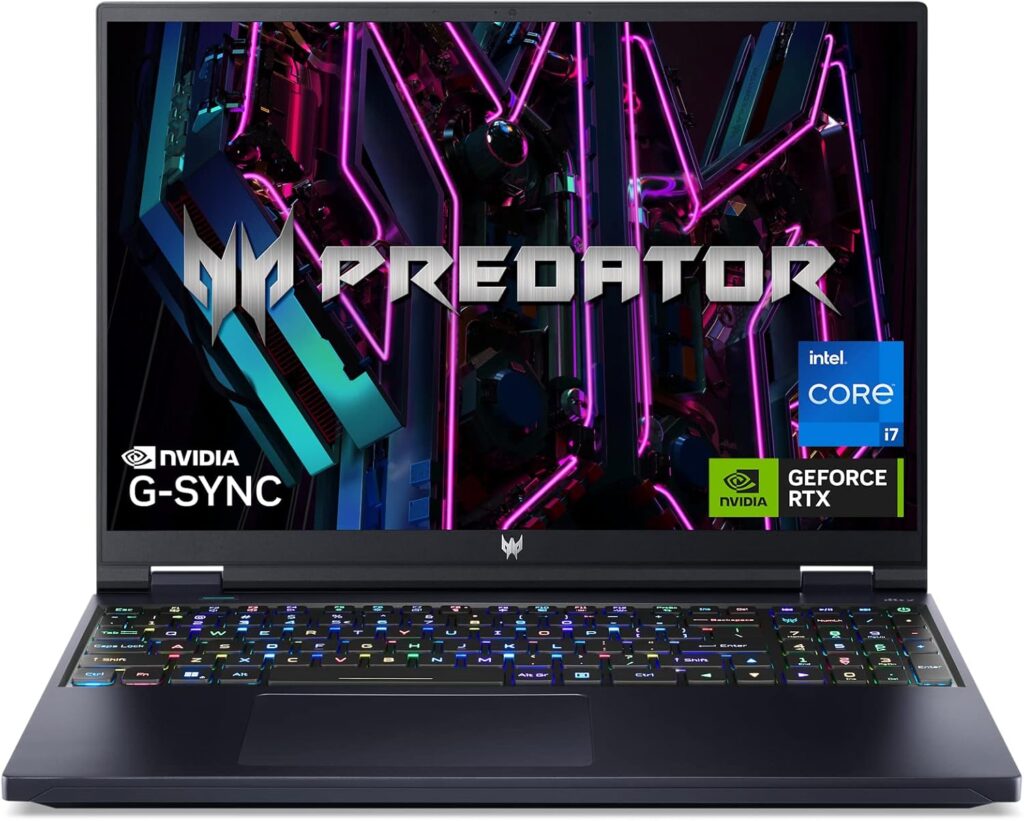
- CPU: Intel i9-14900HX / Core Ultra
- RAM: 32 GB
- Storage: 1 TB NVMe
- GPU: NVIDIA RTX 4080/4090
- Pros:
- Affordable compared to workstations
- Strong cooling for heavy loads
- Easy to upgrade
- Cons:
- Gaming design may not suit corporate offices
- Average battery life
👉 Best for budget-conscious engineers who still need high performance.
Comparison Table – ETABS Laptops at a Glance
| Laptop | CPU | RAM | Storage | GPU | Portability | Best For |
|---|---|---|---|---|---|---|
| Dell Precision 7780 | Intel i9/Xeon | 32–64 GB | 1–2 TB | RTX Pro | Heavy | Large ETABS models |
| Lenovo ThinkPad P16 Gen 2 | Intel i7/i9 HX | 32 GB+ | 1 TB | RTX | Medium | Reliability & durability |
| HP ZBook Fury 16 G10 | Intel i9/Xeon | 32–64 GB | 1 TB+ | RTX Pro | Heavy | ISV-certified workloads |
| ASUS ProArt Studiobook 16 OLED | Intel i9 HX | 32 GB | 1 TB | RTX 4070 | Medium | Design + engineering |
| Razer Blade 16 (2025) | Ryzen AI 9 HX | 32 GB | 1–2 TB | RTX 5090 | Slim/portable | Travel + high power |
| Acer Predator Helios 16 | Intel i9 HX | 32 GB | 1 TB | RTX 40/50 | Medium | Best value |
See also: Best Laptops for STAAD.Pro
Buying Tips for ETABS Users
- Students: 16 GB RAM, i7 H-series, 512 GB SSD is enough for coursework.
- Professionals: 32 GB RAM, i9 HX, 1 TB SSD for mid-size projects.
- Heavy users: 64 GB RAM, Xeon/i9 HX, workstation GPU for very large projects.
Frequently Asked Questions
No — ETABS relies on the CPU for solving. GPUs mainly help with 3D visualization.
It’s Windows-only. You can use virtualization, but a Windows laptop is the safest choice.
Yes — gaming laptops often have the same CPUs as workstations. Just note: less professional build, shorter battery life, and no ISV certification.
Final Thoughts
The best laptop for ETABS isn’t about flashy graphics — it’s about CPU speed, RAM, and storage. If you’re running smaller models, a mid-range i7 with 16–32 GB RAM will do just fine. But if you’re managing skyscrapers or large bridges, you’ll thank yourself for investing in a workstation with 64 GB RAM and a fast HX-class CPU.
In 2025, the Dell Precision 7780 and Lenovo ThinkPad P16 Gen 2 remain the top picks for professionals, while the Acer Predator Helios 16 is the best budget-friendly option. For engineers who value portability, the Razer Blade 16 is hard to beat.
At the end of the day, choose a laptop that matches your project size, your workflow, and your budget. ETABS runs smoother when your hardware doesn’t hold you back — and that means faster analysis, fewer crashes, and more productive engineering.
